Chinese Radicals | An Introduction to Understanding Them (PLUS Free Quiz, Video & PDF)
What are Chinese Radicals and how do we use them?
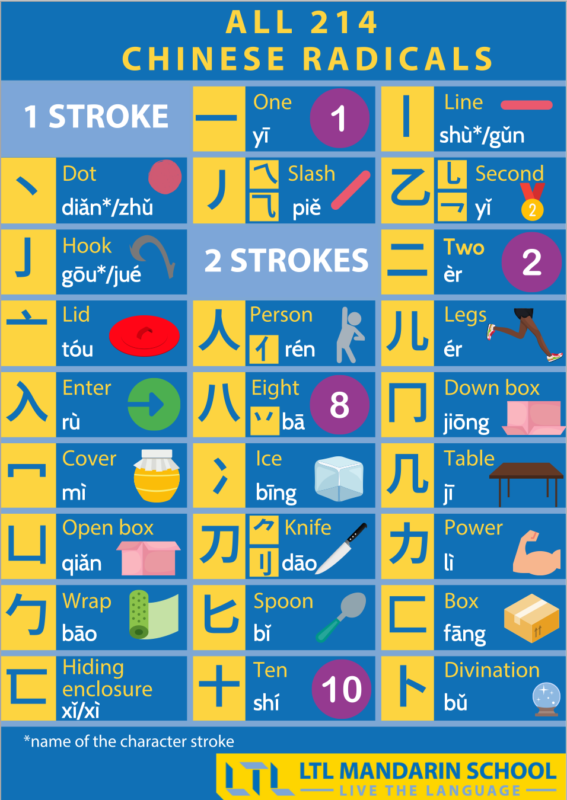
This is your complete guide to understanding how they work.
WANT YOUR FREE CHINESE RADICALS PDF DOWNLOAD – get it here
Chinese is difficult, we all know that much, but….
I sometimes really think the women of Jiangyong country in Hunan province were onto something when they invented the Nüshu script.
I mean, wouldn’t it be much easier to learn 600 or 700 symbols than the approximately 2600 characters you need to know to pass the HSK 6 exam?
So yes, Chinese is difficult.
With the tones, and the characters, and the various dialects (or hua) that practically every place has, many people get the urge to simply give up.
A lot of people also say that there is no logic when learning Chinese. However, in reality, there is!
If your mother tongue is English or German and if you studied, for example, a Romance language, of course Chinese will seem difficult and often incomprehensible.
But you shouldn’t give up…
Instead, you should find different methods to learn the characters faster and better. Learning the Chinese radicals is one of them.
Chinese Radicals || The Full List
Chinese Radicals || What’s the Fuss About?
Chinese Radicals || Where do They Belong?
Chinese Radicals || Have They Changed and What’s Their Meaning?
FREE DOWNLOAD || FREE CHINESE RADICALS PDF
FREE DOWNLOAD || FREE CHINESE RADICALS POSTER
BONUS QUIZ || Radicals Quiz | How Many Do You Know?
Chinese Radicals || FAQ’s
Want to learn some more basics?
Check out our blog about the most frequently used Chinese measure words!

Chinese Measure Words 🤔 71 Frequently Used (With Free PDF, Video and Quiz)
Chinese measure words can be one of the most intimidating and confusing things about learning Chinese for beginners – but don’t worry, we’ve got it covered.
Chinese Radicals || The Full List
| Radical Number | Chinese | Variants | English | Pinyin | Strokes |
|---|---|---|---|---|---|
| 1 | 一 | one | yī | 1 | |
| 2 | 丨 | line | shù*/gǔn | 1 | |
| 3 | 丶 | dot | diǎn*/zhǔ | 1 | |
| 4 | 丿 | 乀,⺄ | slash | piě | 1 |
| 5 | 乙 | 乚,乛 | second | yǐ | 1 |
| 6 | 亅 | hook | gōu*/jué | 1 | |
| 7 | 二 | two | èr | 2 | |
| 8 | 亠 | lid | tóu | 2 | |
| 9 | 人 | 亻 | person | rén | 2 |
| 10 | 儿 | legs | ér | 2 | |
| 11 | 入 | enter | rù | 2 | |
| 12 | 八 | 丷 | eight | bā | 2 |
| 13 | 冂 | down box | jiǒng | 2 | |
| 14 | 冖 | cover | mì | 2 | |
| 15 | 冫 | ice | bīng | 2 | |
| 16 | 几 | table | jī, jǐ | 2 | |
| 17 | 凵 | open box | qiǎn | 2 | |
| 18 | 刀 | ⺈,刂 | knife | dāo | 2 |
| 19 | 力 | power | lì | 2 | |
| 20 | 勹 | wrap | bāo | 2 | |
| 21 | 匕 | ladle | bǐ | 2 | |
| 22 | 匚 | right open box | fāng/xǐ | 2 | |
| 23 | 匸 | hiding enclosure | xǐ | 2 | |
| 24 | 十 | ten | shí | 2 | |
| 25 | 卜 | divination | bǔ | 2 | |
| 26 | 卩 | 㔾 | seal | jié | 2 |
| 27 | 厂 | cliff | hǎn | 2 | |
| 28 | 厶 | private | sī | 2 | |
| 29 | 又 | again | yòu | 2 | |
| 30 | 口 | mouth | kǒu | 3 | |
| 31 | 囗 | enclosure | wéi | 3 | |
| 32 | 土 | earth | tǔ | 3 | |
| 33 | 士 | scholar | shì | 3 | |
| 34 | 夂 | go | zhī | 3 | |
| 35 | 夊 | go slowly | suī | 3 | |
| 36 | 夕 | night | xī | 3 | |
| 37 | 大 | big | dà | 3 | |
| 38 | 女 | woman | nǚ | 3 | |
| 39 | 子 | child | zǐ | 3 | |
| 40 | 宀 | roof | mián | 3 | |
| 41 | 寸 | inch | cùn | 3 | |
| 42 | 小 | ⺍,⺌ | small | xiǎo | 3 |
| 43 | 尢 | lame | yóu | 3 | |
| 44 | 尸 | corpse | shī | 3 | |
| 45 | 屮 | sprout | chè | 3 | |
| 46 | 山 | mountain | shān | 3 | |
| 47 | 巛 | 川 | river | chuān | 3 |
| 48 | 工 | work | gōng | 3 | |
| 49 | 己 | oneself | jǐ | 3 | |
| 50 | 巾 | towel | jīn | 3 | |
| 51 | 干 | dry | gān | 3 | |
| 52 | 幺 | 么 | thread | yāo | 3 |
| 53 | 广 | shelter | guǎng | 3 | |
| 54 | 廴 | stride | yǐn | 3 | |
| 55 | 廾 | hands joined | gǒng | 3 | |
| 56 | 弋 | shoot with a bow | yì | 3 | |
| 57 | 弓 | bow | gōng | 3 | |
| 58 | 彐 | 彑 | snout | jì | 3 |
| 59 | 彡 | hair | shān | 3 | |
| 60 | 彳 | step | chì | 3 | |
| 61 | 心 | 忄,⺗ | heart | xīn | 4 |
| 62 | 戈 | spear | gē | 4 | |
| 63 | 戶 | 户,戸 | door | hù | 4 |
| 64 | 手 | 扌,龵 | hand | shǒu | 4 |
| 65 | 支 | branch | zhī | 4 | |
| 66 | 攴 | 攵 | tap | pū | 4 |
| 67 | 文 | script | wén | 4 | |
| 68 | 斗 | struggle | dǒu | 4 | |
| 69 | 斤 | axe | jīn | 4 | |
| 70 | 方 | square | fāng | 4 | |
| 71 | 无 | 旡 | not | wú | 4 |
| 72 | 日 | sun | rì | 4 | |
| 73 | 曰 | say | yuē | 4 | |
| 74 | 月 | moon | yuè | 4 | |
| 75 | 木 | tree | mù | 4 | |
| 76 | 欠 | lack | qiàn | 4 | |
| 77 | 止 | stop | zhǐ | 4 | |
| 78 | 歹 | 歺 | death | dǎi | 4 |
| 79 | 殳 | weapon | shū | 4 | |
| 80 | 毋 | 母 | mother, do not | mǔ/wú | 4 |
| 81 | 比 | compare | bǐ | 4 | |
| 82 | 毛 | fur | máo | 4 | |
| 83 | 氏 | clan | shì | 4 | |
| 84 | 气 | steam | qì | 4 | |
| 85 | 水 | 氵,氺 | water | shuǐ | 4 |
| 86 | 火 | 灬 | fire | huǒ | 4 |
| 87 | 爪 | 爫 | claw | zhǎo | 4 |
| 88 | 父 | father | fù | 4 | |
| 89 | 爻 | lines on a trigram | yáo | 4 | |
| 90 | 爿 | 丬 | half of a tree trunk | qiáng | 4 |
| 91 | 片 | slice | piàn | 4 | |
| 92 | 牙 | tooth | yá | 4 | |
| 93 | 牛 | 牜,⺧ | cow | niú | 4 |
| 94 | 犬 | 犭 | dog | quǎn | 4 |
| 95 | 玄 | profound | xuán | 5 | |
| 96 | 玉 | 王,玊 | jade | yù | 5 |
| 97 | 瓜 | melon | guā | 5 | |
| 98 | 瓦 | tile | wǎ | 5 | |
| 99 | 甘 | sweet | gān | 5 | |
| 100 | 生 | life | shēng | 5 | |
| 101 | 用 | use | yòng | 5 | |
| 102 | 田 | field | tián | 5 | |
| 103 | 疋 | ⺪ | cloth | pǐ | 5 |
| 104 | 疒 | ill | bìng | 5 | |
| 105 | 癶 | foot steps | bō | 5 | |
| 106 | 白 | white | bái | 5 | |
| 107 | 皮 | skin | pí | 5 | |
| 108 | 皿 | dish | mǐn | 5 | |
| 109 | 目 | ⺫ | eye | mù | 5 |
| 110 | 矛 | spear | máo | 5 | |
| 111 | 矢 | arrow | shǐ | 5 | |
| 112 | 石 | stone | shí | 5 | |
| 113 | 示 | 礻 | spirit | shì | 5 |
| 114 | 禸 | ⽱ | track | róu | 5 |
| 115 | 禾 | grain | hé | 5 | |
| 116 | 穴 | cave | xuè | 5 | |
| 117 | 立 | stand | lì | 5 | |
| 118 | 竹 | ⺮ | bamboo | zhú | 6 |
| 119 | 米 | rice | mǐ | 6 | |
| 120 | 糸 | 糹,纟 | silk | sī | 6 |
| 121 | 缶 | jar | fǒu | 6 | |
| 122 | 网 | 罓,⺳,⺫ | net | wǎng | 6 |
| 123 | 羊 | ⺶,⺷ | sheep | yáng | 6 |
| 124 | 羽 | feather | yǔ | 6 | |
| 125 | 老 | 耂 | old | lǎo | 6 |
| 126 | 而 | and | ér | 6 | |
| 127 | 耒 | plow | lěi | 6 | |
| 128 | 耳 | ear | ěr | 6 | |
| 129 | 聿 | ⺺,⺻ | brush | yù | 6 |
| 130 | 肉 | ⺼ | meat | ròu | 6 |
| 131 | 臣 | minister | chén | 6 | |
| 132 | 自 | oneself | zì | 6 | |
| 133 | 至 | arrive | zhì | 6 | |
| 134 | 臼 | mortar | jiù | 6 | |
| 135 | 舌 | tongue | shé | 6 | |
| 136 | 舛 | contrary | chuǎn | 6 | |
| 137 | 舟 | boat | zhōu | 6 | |
| 138 | 艮 | mountain | gèn | 6 | |
| 139 | 色 | color | sè | 6 | |
| 140 | 艸 | ⺿,艹 | grass | cǎo | 6 |
| 141 | 虍 | tiger | hǔ | 6 | |
| 142 | 虫 | insect | chóng | 6 | |
| 143 | 血 | blood | xuě | 6 | |
| 144 | 行 | walk | xíng | 6 | |
| 145 | 衣 | ⻂ | clothes | yī | 6 |
| 146 | 襾 | 西,覀 | west | yà/xī | 6 |
| 147 | 見 | 见 | see | jiàn | 7 |
| 148 | 角 | ⻇ | horn | jiǎo | 7 |
| 149 | 言 | 讠 | speech | yán | 7 |
| 150 | 谷 | valley | gǔ | 7 | |
| 151 | 豆 | bean | dòu | 7 | |
| 152 | 豕 | pig | shǐ | 7 | |
| 153 | 豸 | badger | zhì | 7 | |
| 154 | 貝 | 贝 | shell | bèi | 7 |
| 155 | 赤 | red | chì | 7 | |
| 156 | 走 | walk | zǒu | 7 | |
| 157 | 足 | ⻊ | foot | zú | 7 |
| 158 | 身 | body | shēn | 7 | |
| 159 | ⾞ | 车 | cart | chē | 7 |
| 160 | 辛 | bitter | xīn | 7 | |
| 161 | 辰 | morning | chén | 7 | |
| 162 | 辵 | 辶,⻍,⻎ | walk | chuò | 7 |
| 163 | 邑 | ⻏ | city | yì | 7 |
| 164 | 酉 | wine | yǒu | 7 | |
| 165 | 釆 | distinguish | biàn | 7 | |
| 166 | 里 | village | lǐ | 7 | |
| 167 | 金 | 钅,釒 | metal | jīn | 8 |
| 168 | 長 | 镸,长 | long | cháng | 8 |
| 169 | 門 | 门 | gate | mén | 8 |
| 170 | 阜 | ⻏ | mound | fù | 8 |
| 171 | 隶 | slave | lì | 8 | |
| 172 | 隹 | short-tailed bird | zhuī | 8 | |
| 173 | 雨 | ⻗ | rain | yǔ | 8 |
| 174 | 靑 | 青 | blue | qīng | 8 |
| 175 | 非 | wrong | fēi | 8 | |
| 176 | 面 | 靣 | face | miàn | 9 |
| 177 | 革 | leather | gé | 9 | |
| 178 | 韋 | 韦 | soft leather | wěi | 9 |
| 179 | 韭 | leek | jiǔ | 9 | |
| 180 | 音 | sound | yīn | 9 | |
| 181 | 頁 | 页 | page | yè | 9 |
| 182 | 風 | 风 | wind | fēng | 9 |
| 183 | 飛 | 飞 | fly | fēi | 9 |
| 184 | 食 | 飠,饣 | eat | shí | 9 |
| 185 | 首 | head | shǒu | 9 | |
| 186 | 香 | fragrant | xiāng | 9 | |
| 187 | 馬 | 马 | horse | mǎ | 10 |
| 188 | 骨 | bone | gǔ | 10 | |
| 189 | 高 | 髙 | high | gāo | 10 |
| 190 | 髟 | long hair | biāo | 10 | |
| 191 | 鬥 | 斗 | fight | dòu | 10 |
| 192 | 鬯 | sacrificial wine | chàng | 10 | |
| 193 | 鬲 | cauldron | lì | 10 | |
| 194 | 鬼 | ghost | guǐ | 10 | |
| 195 | 魚 | 鱼 | fish | yú | 11 |
| 196 | 鳥 | 鸟 | bird | niǎo | 11 |
| 197 | 鹵 | 卤 | salty | lǔ | 11 |
| 198 | 鹿 | deer | lù | 11 | |
| 199 | 麥 | 麦 | wheat | mài | 11 |
| 200 | 麻 | hemp | má | 11 | |
| 201 | 黄 | yellow | huáng | 11 | |
| 202 | 黍 | millet | shǔ | 12 | |
| 203 | 黑 | black | hēi | 12 | |
| 204 | 黹 | embroidery | zhǐ | 12 | |
| 205 | 黽 | 黾 | frog | mǐn | 12 |
| 206 | 鼎 | tripod | dǐng | 12 | |
| 207 | 鼓 | drum | gǔ | 13 | |
| 208 | 鼠 | rat | shǔ | 13 | |
| 209 | 鼻 | nose | bí | 14 | |
| 210 | 齊 | 斉,齐 | even | qí | 14 |
| 211 | 齒 | 齿 | tooth | chǐ | 15 |
| 212 | 龍 | 龙 | dragon | lóng | 16 |
| 213 | 龜 | 龟 | turtle | guī | 16 |
| 214 | 龠 | flute | yuè | 17 |
Chinese Radicals || What’s All The Fuss?
What’s so radical about this method?

Take 刀 – the knife/sword radical. By understanding the meaning of this radical we can guess what the character might be related to…!
Studying radicals enables you to do this and it also makes it possible for you to look up a character in the dictionary.
I know, I know, who uses paper dictionaries anymore? Good skill to have though!
Think about it!
Learning Chinese radicals will also allow you to group characters with similar components according to their semantic (meaning) or phonetic (pronunciation) characteristics.
Imagine radicals as building blocks in the larger scheme of the Chinese language.
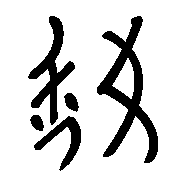
They can help you learn characters easier and faster, and, eventually, you will be able to use them to swiftly memorise new words by knowing how different characters are combined.
During the Ming Dynasty, Mei Ying Zuo developed the radical and stroke method which was published in the first Lexicon (zì huì).
What does this mean?
Well, that characters in the dictionary are actually listed by radical and then ordered by the number of strokes.
Stroke order is also very important in Chinese.

Have you ever noticed that, when you write a character in Pleco, the app sometimes doesn’t recognise it?
This is because your stroke order is wrong! But that’s a different topic.
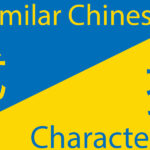
Similar Chinese Characters 🤷🏽♀️ The Ones You Must Know (Plus FREE Quiz)
How many Chinese characters? Too many! In this guide we cover the ones that foreigners often get confused.
Chinese Radicals || Where Do They Belong?
DEFINITION – So, a radical or key (部首, bùshǒu) is a graphic component of a Chinese character.
This means that every character contains a radical. Some radicals can in fact also be characters, like the word for mouth (口, kǒu), and they are used in the formation of other characters.
So, you should rather think of radicals as components of a character.
How many radicals are there in the Chinese language?
There are 214 radicals in the Chinese language and they can appear just about anywhere in a character.
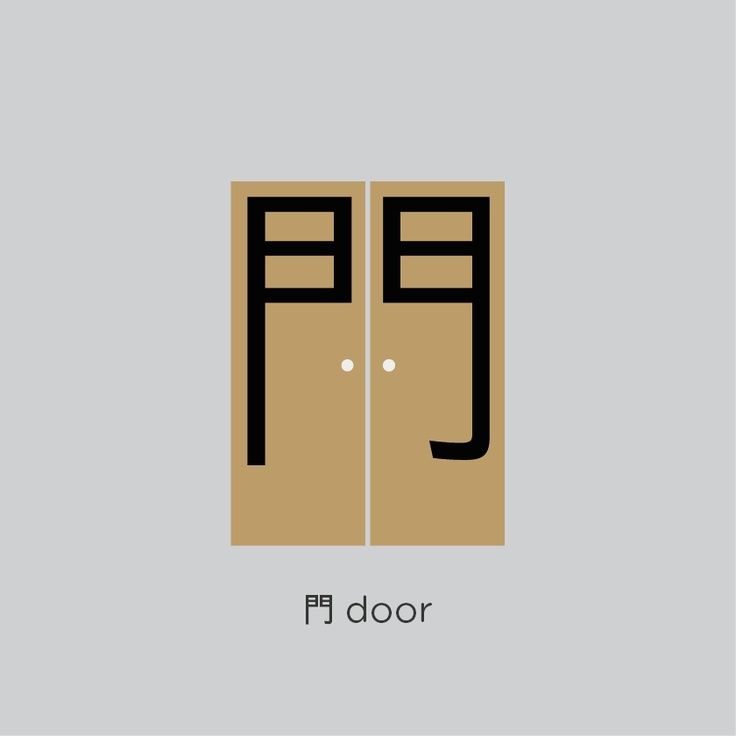
For example, in the character 好, the radical 女 (nǚ, meaning female, woman) is on the left side of the character and in the character 闯 (chuăng; to rush, to break through) the radical 门 (mén, door) is outside.
FUN WAY TO LEARN – So let’s look at the 闯 character more closely: you will see that it shows a horse (马, mă) breaking through the door.
Hence the meaning “to break through”. Makes sense, right?
Let’s see another example. The verb 取 (qǔ, to take) consists of the components for hand 又 and an ear 耳, meaning a hand that is taking an ear.
Ear removal was a common way of counting casualties after a battle, so the character’s meaning makes sense – in a gross kind of way.
It won’t always be possible to apply this method (of making sense of a character) when learning them though.
Why?
Mainly because some of them changed drastically from pictograms, they lost their original meaning or their etymology is connected to something you simply don’t understand.
Maybe the character changed significantly during its simplification. However, this method will definitely help you a lot to make connections between various components and characters.
USEFUL PRODUCT ALERT! You’ll have seen above we used an image from the Chineasy product range. This is a super brand which bases itself on beautiful designs. We believe a deck of Chineasy cards is a great way to learn Radicals.
You can purchase some from Amazon here. We hope it’s useful.
Please note the link above is affiliate link. LTL Mandarin School take a small cut of any sales made, with the rest going to Amazon and the lister of the product.

How to Decode a Chinese Menu Like a Pro 🍜 Chinese Menus Explained + The Complete Cheat Sheet
Chinese Menus. How to read them, how to decode them? Not so easy right? Well with our FREE Chinese Menu cheat sheet and tips, you’ll have no problems!
How have Chinese Radicals changed and what is their meaning?
The radicals are also distorted and changed when they are combined in characters. These are called the variants of the radical.
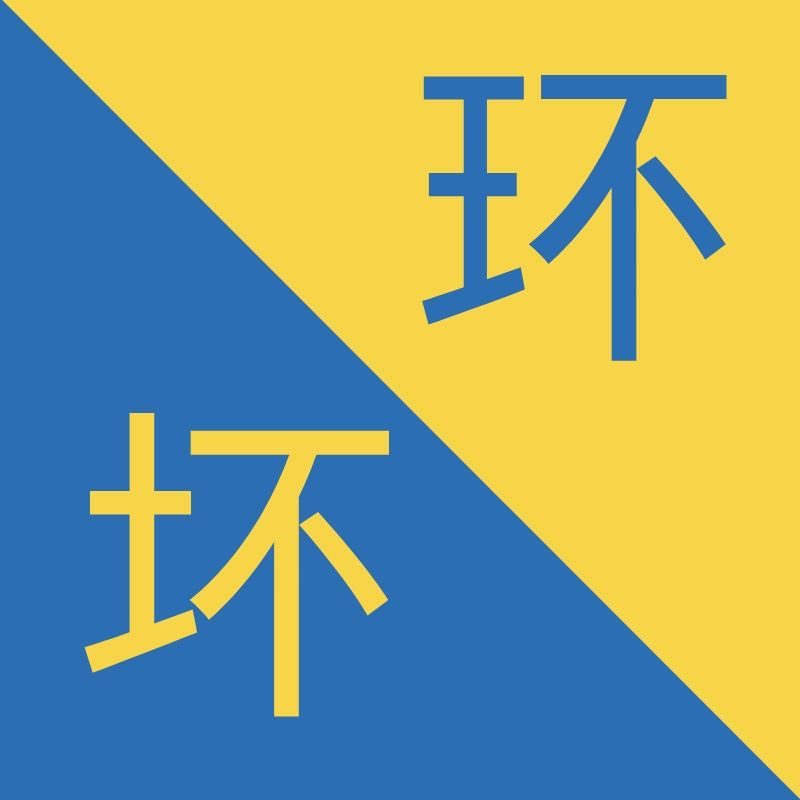
So, let’s see what some of the most common Chinese radicals are and how they change:
- 人 “man” → 亻 on the left (used in 你 – you and 他– he)
- 心 “heart” (used in the meaning of feeling, mental activities) → 忄on the left (used in 情 – emotion and 忙 – busy)
- 手 “hand” → 扌on the left (used in 推 – push and 拉 – pull)
- 水 “water” → 氵 on the left (used in 河 – river and 海 – ocean)
- 行 “going” (literally ‘left step’) → stays unchanged on the left (used in 行 – to walk and 往 – towards, bound to)
You can also group Chinese Radicals by their phonetic component or by their meaning – for example, characters can be connected to nature (such as 土, meaning Earth, 日 meaning Sun or月 meaning Moon), people (the previously mentioned 女, 手 or 心 / 忄) or maybe animals (马 meaning horse, 虫 meaning insect or犭meaning animal).
So there you go. I hope we managed to persuade you to have some fun while studying Chinese.
Because that’s what it is all about!
Feeling ready to tackle a quiz on the Chinese Radicals? Check it out below!
Chinese Radicals || FREE PDF
Two amazing downloads for you here!
First we’ve got our beautifully designed Radicals PDF which you can save to your computer and also print out if you wish.
A great way to get familiar with the radicals of Chinese.
If you want to go one step further and get a bigger version for your wall… read on!
Chinese Radicals || FREE POSTER
And now for the amazing Radicals Poster.
You can get this for free if you share on your Facebook page!
Chinese Radicals || FREE Quiz
Want to put your knowledge of Chinese radicals and their variants to the test?
Then have a go at our Free Radical Quiz!!
It’s multiple choice so it’s worth a try even if you’re not sure. You’ll also be able to see which ones you got right and wrong.
Why not let us know your score below?
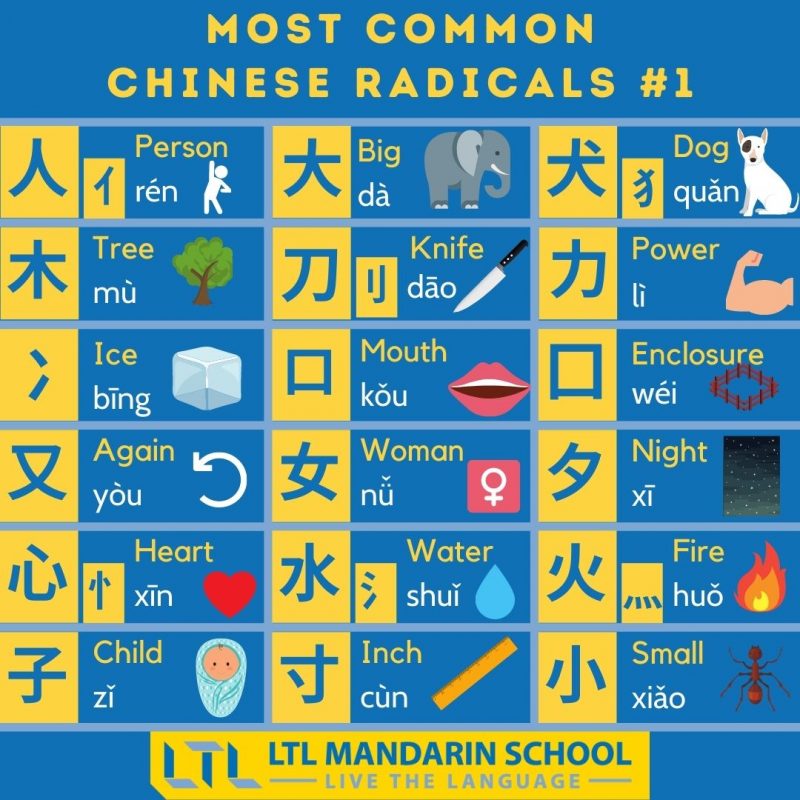
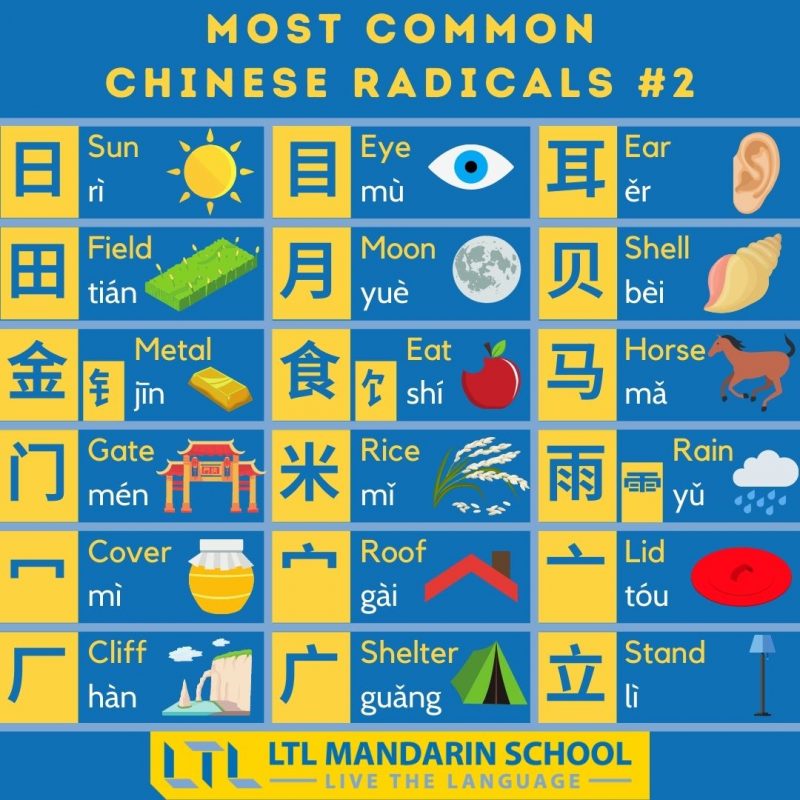
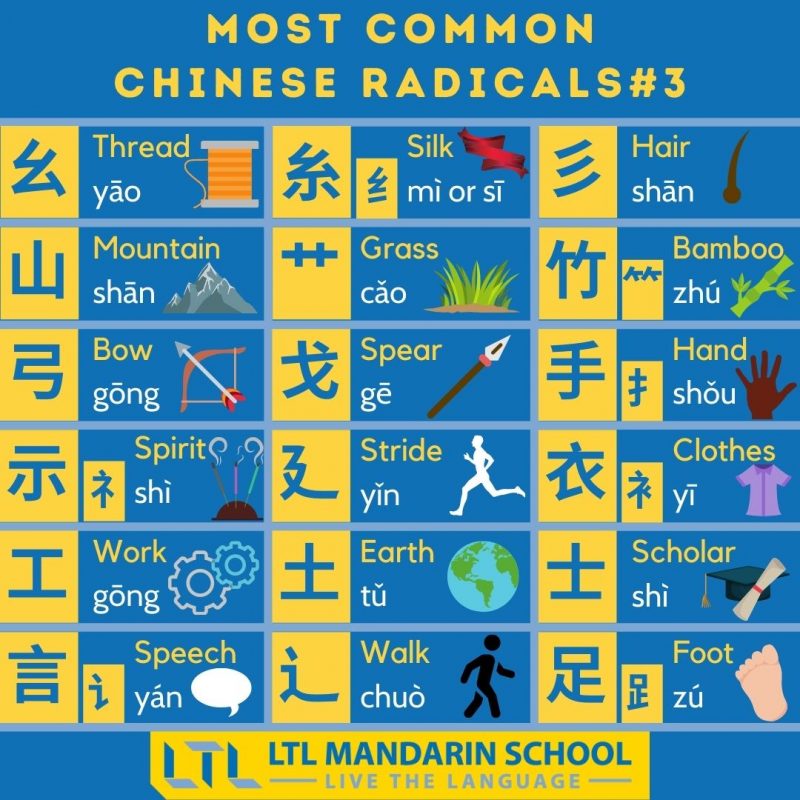
So clearly you enjoy learning Chinese but ever been curious about Korean and Japanese as well? If you check these out:
- Japanese vs Korean vs Mandarin – Find out which is really the hardest and how they relate (if at all). This is a fascinating read.
- The Korean Alphabet – Unlike Mandarin Korean does have an alphabet and it’s actually really easy to learn. Find out how.
Chinese Radicals || FAQs
What is a Chinese Radical?
DEFINITION – A Chinese radical or key (部首, bùshǒu) is a graphic component of a Chinese character.
Does every single character contain a Chinese Radical?
Yes. Some radicals can in fact also be characters, like the word for mouth (口, kǒu),
How many Chinese Radicals are there in total?
There are 214 radicals in the Chinese language and they can appear just about anywhere in a character.
Where do Radicals normally appear in a character?
Anywhere!
In the character 好, the radical 女 (nǚ, meaning female, woman) is on the left side of the character.
However, in the character 闯 (chuăng; to rush, to break through) the radical 门 (mén, door) is outside.
Want more from LTL?
If you wish to hear more from LTL Mandarin School why not join our mailing list?
We give plenty of handy information on learning Chinese, useful apps to learn the language and everything going on at our LTL schools.
Sign up below and become part of our ever-growing community.
BONUS | Learn Chinese with LTL in person. Our student community is growing by the week.

 Hi, my name is Ilaria! I am from Italy and I am a Student Advisor at LTL. Fancy coming to study with us in China? Drop me a message.
Hi, my name is Ilaria! I am from Italy and I am a Student Advisor at LTL. Fancy coming to study with us in China? Drop me a message.

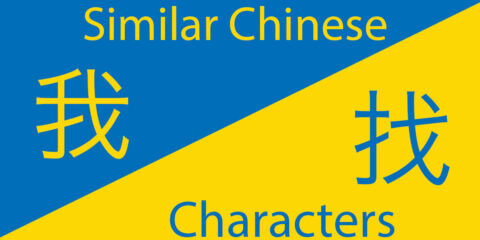
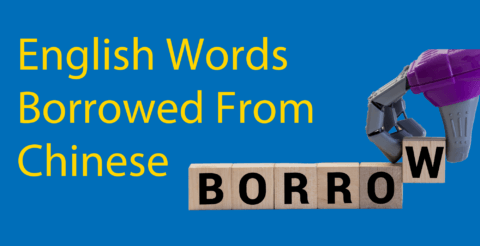



33 comments
[…] we talked about the Chinese language, it’s alphabet and how to use radicals and combining characters when studying this […]
Hi, Matea. IMHO, 取 (qǔ, to take) consists of the components for again 又 and an ear 耳, meaning an ear again. Sincerely, Lubo
Thanks for your comments Lubomir, interesting angle!
What’s the radical of 娶?
It's the 女 character CJ.
This is a really interesting character actually because 娶 means to marry (a woman). The character at the top means to take, the radical underneath means woman.
Therefore when you break this character down it means "to take a woman" - doesn't get anymore logical than that!
Hope this helps.
[…] follow a similar pattern in the sense they both look the same on the right hand side but have a different radical on the […]
[…] Chinese characters are made up of one, two, or several radicals. […]
[…] the meantime, you can check out our posts on Chinese radicals, language learning tips or 100 most common Chinese […]
[…] Chinese Radicals: An Introduction […]
Wow this blog was so useful, hopefully it will help me remember characters better now I understand the radicals!
Thanks Stephanie! Yes, learning all the characters can be so hard, really hope that this helps you on your learning journey.
LTL
This is slightly different than other tables
Wikipedia for example - https://bit.ly/3r244ka
2 丨 line shù is gǔn in multiple other sources. 3 丶 dot diǎn is zhǔ in multiple other sources. 6 亅 hook gōu is jué in multiple other sources.
Haven't checked all the other ones but within the first 10 words. I found some differences.
Hi Martin,
Yes, you are right there is different pinyin for some of the radicals. This is because some are the pinyin for the dictionary radical name and some are the pinyin for what the stroke is called. For example with丨the radical is gǔn and shù is the name of a stroke. Gǔn as a dictionary radical and is a homograph of the character stroke shù, which just means vertical (line). Thank you for pointing this out, to help other learners such as yourself we will update the blog to include both of the pinyin.
Thanks,
LTL
The articles is very informative. Thanks a lot. I especially love the radicals graphics, so pretty and useful.
Karol
Hi Karol,
Thanks, we do try our best to make useful graphics for students to use, really appreciate your feedback.
The LTL Team
Love this content, thanks LTL
Thanks for your kind words Sam!
In fact there is less than 214 because in PRC some 15 (rare or complicated, or both) have been left over Remain "only" 201 Hei I'm wrong in math of those 201 two were not part of the 214 of the Kangxi Zidian: 业 yé and 龺zhuó. 214 - 15 = 199 199 + 2 = 201
[…] may prefer to use the radical input method, if you are unsure about how to spell the pinyin of the […]
[…] give plenty of handy information on learning Chinese, useful apps to learn the language and everything going on at our LTL […]
The poster is 💙
Thanks Steph, really appreciate it!
I used the poster to write the 214 radicals on my study whiteboard about a month ago. I got 24/30 for the quiz, so that's a good start.
That's an excellent effort Kelly, very well done.
Score 28 Mistakes 2 Time 2:35 I will work harderrrrrr. I don't believe I can't memorize these freaking radicals. They said it will only take 6000 for foreigners to memorize them to be fluent but thinking about memorizing 2000+ of them makes my head bleed. 😭 I hope it won't take me forever. I mean the Chinese themselves took them a decade to study and I just started like months ago and I'm still stuck with the radicals 😭😭😭💔
Angel that's a great score. You will absolutely get there!
Come and take a couple of Flexi Classes (https://flexiclasses.com/3-free-hours/) and we'll get you on the road to glory!
[…] Chinese Radicals […]
[…] Chinese language has a way of describing things that sound very poetic in most western languages. And that caused […]
28 correct, 2 incorrect. Not bad for a beginner!
Well done!!
does it really help to know all the kangxi radical though? I have already memorize them all but I don't think it help much, maybe only 5% boost to my undersanding of chinese character. like, 不 你 他, where do they belong in the kangxi radical?
Wow, I never knew there were so many Chinese Radicals! Thank you for creating such a comprehensive resource with video, PDF, and quiz. This will definitely help me improve my Chinese language skills.
You're most welcone 🙂